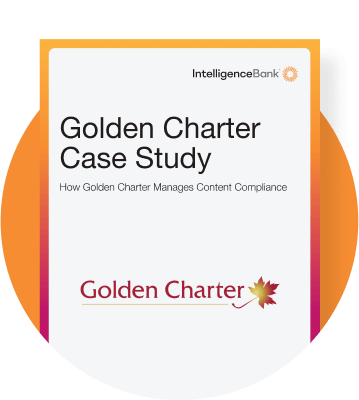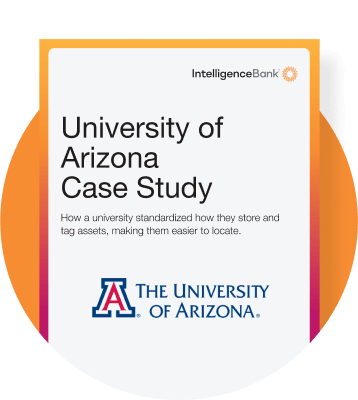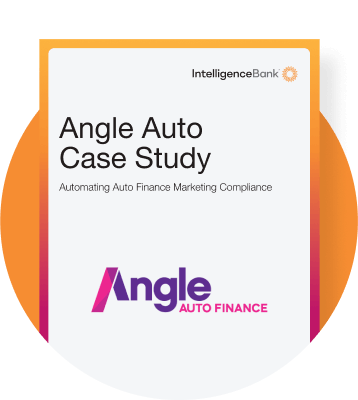When repetitive marketing content errors cross Healthcare Compliance’s desk, they feel it on a cellular level. Manually red penning the same old disclaimer slip ups, ambitious claims and even spelling errors takes its toll. But equal to that is the stress brought on by increased review volume and expected fast turn around times.
The perfect storm of dialled up digital ad spend and generative AI has left Compliance teams on the receiving end of a dramatic increase in workload. And let’s not forget the unforgiving, ever changing regulatory guidelines now using AI to track offenders. The tut-tut-tutting of marketers doesn’t help either.
It’s time healthcare compliance teams take a stand and automate as much of the content review process as possible. It’s good for them and it’s good for marketing teams and it’s totally achievable.
So let’s get into the type of comments often exchanged between Marketing and Compliance and shine a light on the path toward launching approved content faster via automation and better collaboration between departments.
What Are Examples of Feedback from Compliance Teams to Marketing Teams?
The healthcare sector is, rightly, one of the world’s most heavily regulated industries. Strict rules govern everything from where and when you can advertise, types of advertising claims to the size of the fine print in product offers. Each and every marketing asset must meet legal, regulatory, and internal standards.
It’s no surprise that the nature of the feedback they provide marketing and brand managers revolves around risk reduction—whether it’s adjusting copy to meet disclosure requirements, changing visual elements so they’re on brand, or flagging potentially misleading statements or visuals. Here are common examples:
- Unsubstantiated claims
- Off-label promotion concerns
- Unclear or misleading side effect warnings
- Basic non-compliance with FDA advertising regulations
- Misleading product images or representations
- Incorrect or incomplete indications for use
- Privacy issues
- Improper targeting of vulnerable populations
- Failure to disclose sponsorships or financial relationships
- Missing trademarks
- Lack of location specific disclosures
- Rewording terms to suit specific legal language
- Product-specific disclosure requirements
- Third party partner mandatories
Although a significant portion of feedback from healthcare Compliance teams relates to legal requirements, maintaining brand consistency across all marketing materials also forms part of the feedback. The type of feedback provided focuses on upholding established guidelines for logos, taglines, tone of voice, imagery and color palettes across all brands, sub brands and partnerships. For example:
- Incorrect brand name usage
- Inconsistent capitalization
- Logo-related issues (size, orientation etc.)
- Inconsistent tone and (switching between past and present participle)
- Language that is not fit for the brand
- Incorrect brand taglines
- Imagery not in line with
- Brand Guidelines
- Brand color palette errors
How Many Review Notes Do Compliance Teams Create for Marketing Teams in a Year?
IntelligenceBank used anonymous amalgamated data from its client pool to measure the volume of notes passing from Compliance to Marketing each year. The findings showed the average number of comments on a marketing asset, such as a promotional email, downloadable guide or display ads ran at 10 per asset. The table below shows typical comment volumes for small, medium and large healthcare companies. The figures depend on several factors, including the size of the marketing team, the complexity of the content, and the frequency of campaigns.
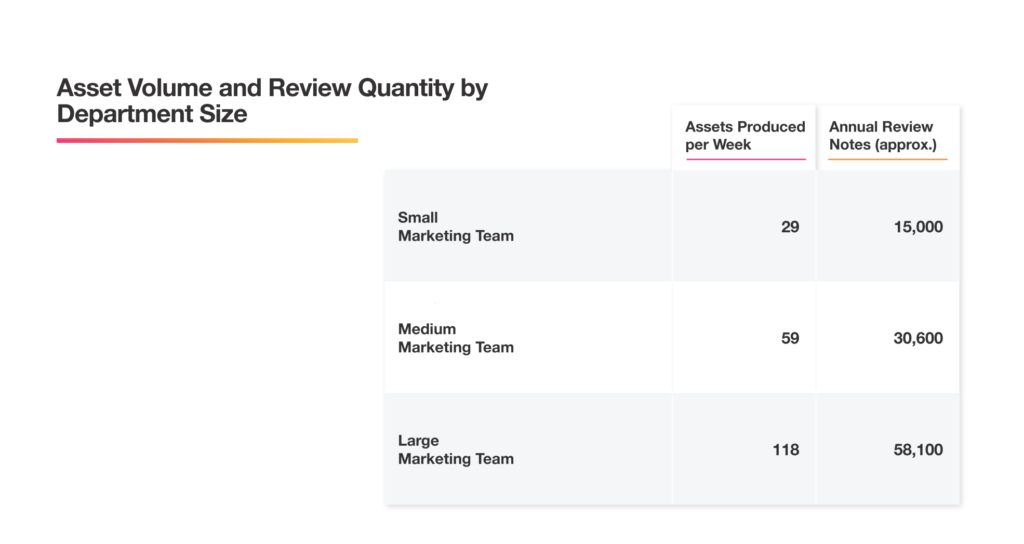
How Can Automation Reduce the Need for Repetitive Manual Reviews in Compliance Checks?
Clients often tell us their ultimate goal is to reduce the back-and-forth between Marketing and Legal. Their concern isn’t about achieving flawless creative assets on the first attempt, but rather the need to address the growing content approval bottlenecks by getting standard rules right. Compliance teams’ ability to keep up with reviews in light of expanding content requirements, generative AI and short deadlines is becoming increasingly compromised. Compounding this is the sense of frustration around the time wasted on repetitive corrections relating to fundamental finance compliance laws.
Automation can significantly reduce this load by streamlining the process of checking content against established guidelines. Here’s how:
AI-Powered Content Risk Detection
Problematic language, such as unsubstantiated medical claims, missing disclaimers, or inadequate side effect warnings, can all be flagged in real-time during the briefing, copy, or artwork stages. Live webpages and Google Ads can also be reviewed for compliance. The platform identifies potential risks against pre-determined rules. This technology enables healthcare marketers to take a proactive approach to compliance issues, ensuring content adheres to strict regulatory standards before being submitted for final approval. It significantly reduces the manual effort required in the review process, while maintaining a high degree of accuracy.

Automated Disclaimer Insertion
The software includes a disclaimer engine that automatically populates briefs with the appropriate legal disclaimers based on the medium, location, and product. This ensures that all necessary legal information is included without manual intervention, streamlining the compliance workflow.

Dynamic Creative Templates
Pre-approved creative templates that lock in essential compliance requirements while allowing for customization are a tremendous help for high volume tightly regulated organizations. They allow marketers to create compliant content efficiently, minimizing the need for extensive manual reviews. They are especially useful when dealing with large remote teams and smaller clinics.
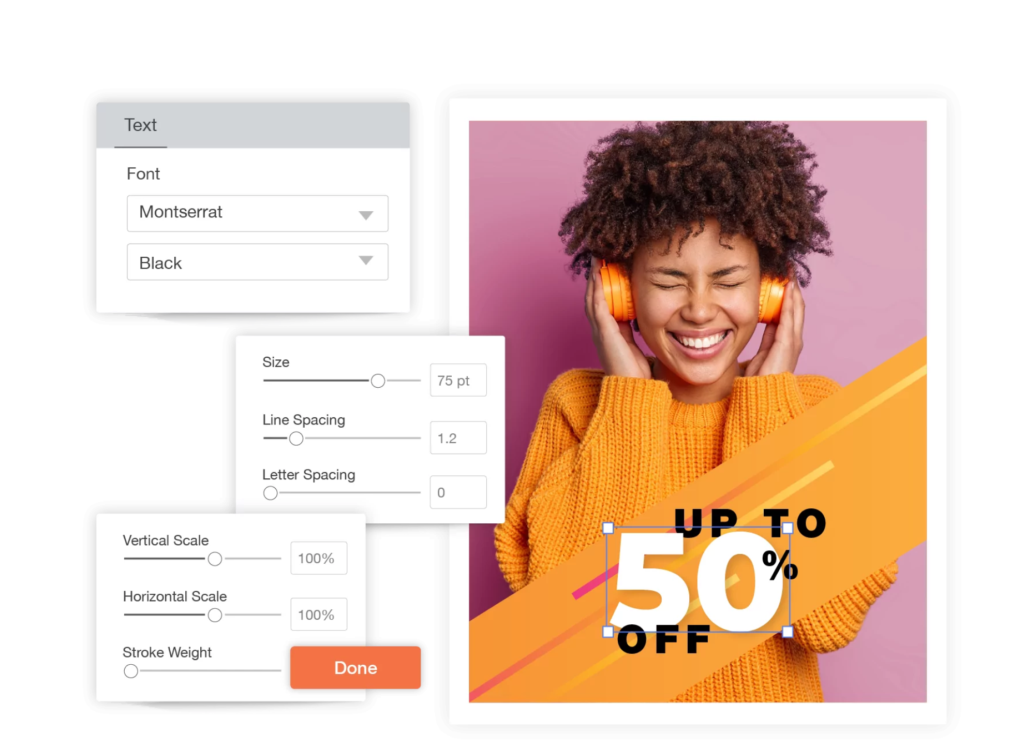
Content Approval Workflow Automation
Workflows are the vehicle that sees creative production through from brief to launch. They integrate with brand approved assets and importantly provide high visibility to all stakeholders when it comes to review comments, approval history and version control. They incorporate functions such as task management boards, proofing, markups and live content review tracking. Workflows connect to popular third party software like Adobe and Getty as well as your entire digital creative asset repository.

Automated Brand Portals
Online brand portals help stem the tide of marketing requests, automate answers to frequently asked questions and automate access to approved branding elements. Having 24/7 access to the latest downloadable brand assets minimizes the chance of internal and external content creators going off-piste. By using automated brand portals, teams can self-serve, with accurate content that automatically aligns with brand standards reducing the need for multiple rounds of review and approval.
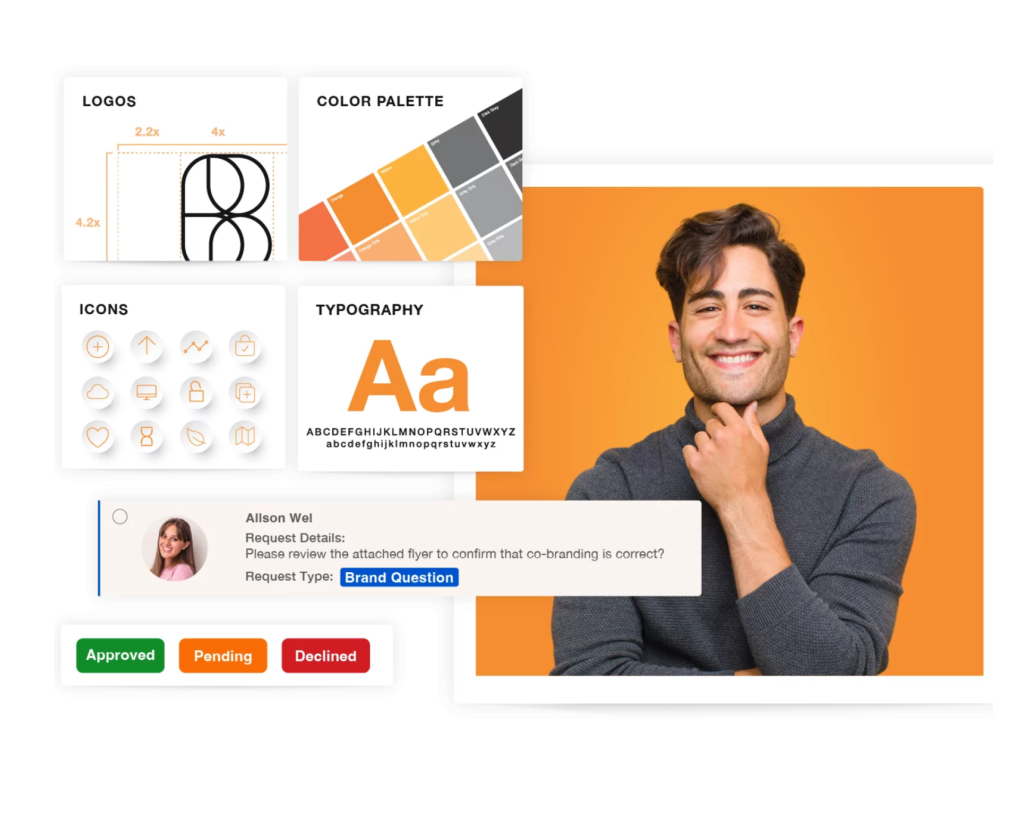
What Specific Legal and Compliance Tasks Can Be Automated to Improve Accuracy and Efficiency?
Here are the day to day functions performed by healthcare compliance teams the world over that can be greatly sped up – yet at the same time – be less vulnerable to human error:
Disclosure Checks
Automated systems significantly improve the efficiency of checking required legal disclaimers and regulatory disclosures in marketing materials. For example, tools powered by AI can automatically detect whether mandatory disclaimers – such as interest rate disclosures, terms and conditions, or risk warnings – are included in financial ads, insurance offers, or promotional campaigns.
Incredibly, automation can also check the visibility and positioning of these disclosures, verifying that they are placed where consumers can easily find them, following best practices and regulatory guidelines. By automating this task, teams can save valuable time that would otherwise be spent manually reviewing each piece of content, while also ensuring that nothing is overlooked or omitted, ultimately reducing the likelihood of fines or legal challenges.
Risk Identification
Using AI-powered risk review tools identify potentially misleading statements or content that could violate compliance regulations. For instance, unsubstantiated guarantees, or misleading representations about a product’s benefits or returns. Automation tools can cross-reference content with predefined risk rules or regulations (such as truth-in-advertising standards or financial disclosure laws), instantly flagging content that might lead to consumer deception or regulatory breaches.
In addition, risk reviews can help identify non-compliant offers, such as promotions that fail to disclose critical terms or conditions, or content that violates advertising restrictions. These automated reviews drastically reduce manual effort and human error by quickly identifying risky language or elements, enabling compliance teams to focus on more complex review issues rather than sifting through large volumes of content for potential problems.
Brand Consistency
Automation plays a key role in this process by flagging out of date logos, incorrect fonts, color and messaging. It can even pick up whether logos are scaled correctly, and that the brand’s primary font is used in headings or body text etc. This ensures that all content, regardless of where it is used, maintains the brand’s integrity, protects its reputation, and adheres to legal and compliance standards. In large-scale campaigns, where multiple teams or external vendors may be involved, automation helps guarantee that the brand message is unified and legally compliant across all materials, without the need for multiple rounds of manual review.
How Can Automation Enhance Consistency in Language and Terminology Across Marketing Materials?
Consistency is crucial in the financial services industry, not just for compliance, but for brand integrity. Automation can help by:
Standardizing Terms
Automatically checking for consistent use of legal or financial terms like “terms and conditions.”
Enforcing Brand Guidelines
Ensuring that marketing materials comply with internal brand guidelines (e.g., tone of voice, logo placement, color schemes) to maintain consistency across campaigns.
Reducing Manual Checks
Automation reduces the need for manual proofreading, which can be time-consuming and error-prone, ensuring that all content remains consistent across channels.
What Potential Cost Savings Can Automation Bring to Compliance and Legal Review Processes?
Relying on manual processes to perform tasks that can be performed using automation and AI is a no brainer. The issue comes down to the Return On Investment (ROI) of person vs machine. The ROI is weighed up on these factors:
- Reducing Review Times / Lower Labor Costs
With automated tools, review times can be cut down from days to hours, or even minutes. The findings from our deep dive into our financial services clients’ review habits, we have been able to quantify a range of potential time savings using automation and AI can bring:
- Increased Accuracy
Removing the risk of human omission or inconsistent feedback, automation provides more consistent responses that have been ratified by senior management. - Faster Time to Market
Marketing teams can get their campaigns approved faster, leading to more timely launches and less missed opportunities.
To see for yourself the types of savings that can be made, take a look at our Content and Web Risk Reviews Cost Savings Calculator.

IntelligenceBank provides a practical approach to modern marketing. Our all-in-one marketing platform has changed the way we work and has improved our marketing efficiency in implementing our overall marketing strategy while achieving consistent brand experience for our business.
Jonathan Goh | Automation and Audience Lead, Medibank

Changing the Dynamic Between Marketing and Compliance
Research showed that 80% of both Marketing and Legal/Compliance teams feel they have an “us vs. them” relationship. But when it comes down to it, their goals are more aligned that they may first think. They all want the same outcome – effective compliant creative in the market and off their desks.
If you’d like to find out more about how to automate your marketing compliance, we’d love to show you. Contact us for a live demonstration.



